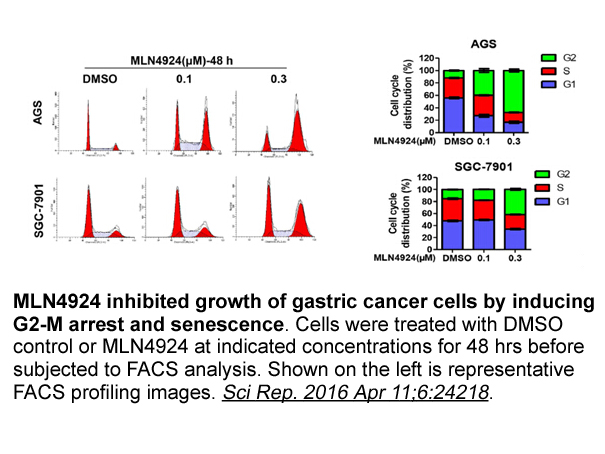Archives
Participants identified the most important values
Participants identified the most important values that Neochlorogenic acid should inform the NHHRA, proposing that research topics focus on vulnerable populations, improve the health system of Papua New Guinea, and contribute to decision-making and policy-making (). After research topics were identified for all the relevant health areas (), participants agreed on a final ranked list of 60 research priorities for all areas of health in Papua New Guinea. The presents the top 20 research priorities from the final ranked list (the shows the full list, including participants\' views on why each research topic is important). Retrospectively, all 60 research topics were compared by two authors (RFV and GC) to Frenk\'s classification of four research types. This comparison noted that very few topics related to biomedical research or to clinical efficacy research, and that there was a strong focus on epidemiology (26 research topics) and health systems research (41 research topics) across all four research domains. For the area of HIV, participants agreed on a list of 32 more detailed strategic research priorities (). The top ten HIV strategic research priorities were: research on geographic distribution, size estimations, high-risk practices and HIV/sexually transmitted infection serology among key affected populations; research on adult and paediatric HIV, sexually transmitted infection, and HIV-related opportunistic infection treatment, management, monitoring, and outcomes; research on prevention programmes and practices for sexual transmission of HIV and other sexually transmitted infections (including condom distribution and male circumcision); research on biomedical technologies in the prevention of HIV and sexually transmitted infections; research on enablers for and barriers to creating supportive and safe environments for HIV and sexually transmitted infection prevention; research on HIV testing quality assurance and the implementation of HIV testing algorithms; research on the usefulness and impact of innovative systems to record and share information on HIV and sexually transmitted infection clients and key affected populations; research on the risk of HIV and sexually transmitted infection transmission among HIV serodiscordant couples; research on the lives of marginalised and most-at-risk populations; and finally, research on the lives of people living with HIV, their families, and their communities.
The NHHRA is an important new step in strengthening the health research system of Papua New Guinea. A crucial next measure for Papua New Guinea will be the establishment of a national health research grants programme, funded by both government and development partners, and governed by a new national health research council. This measure is promoted in the newly published Papua New Guinea Health Research Policy and was strongly endorsed by workshop participants. Australian Aid, a key development partner to Papua New Guinea, has shown support for a national grants programme, and workshop participants hoped subatomic particles other partners might follow. Such a programme could build on the experience gained with grants administration in the area of HIV research in Papua New Guinea.
On Nov 11, 2013, published an analysis of the causes of vision loss 1990–2010. This analysis does not mention the risk of vision loss as a result of untreated cytomegalovirus retinitis in people with HIV, despite the infection\'s continued prevalence in low-income and middle-income countries. Cytomegalovirus disease was one of three unusual infections in the report by the US Centers for Disease Control and Preventi on that marked the official start of the AIDS epidemic on June 5, 1981. Before the availability of antiretroviral therapy, cytomegalovirus retinitis, the most common manifestation of AIDS-related cytomegalovirus infection, affected a third of patients with AIDS and accounted for more than 90% of AIDS-related blindness.
on that marked the official start of the AIDS epidemic on June 5, 1981. Before the availability of antiretroviral therapy, cytomegalovirus retinitis, the most common manifestation of AIDS-related cytomegalovirus infection, affected a third of patients with AIDS and accounted for more than 90% of AIDS-related blindness.